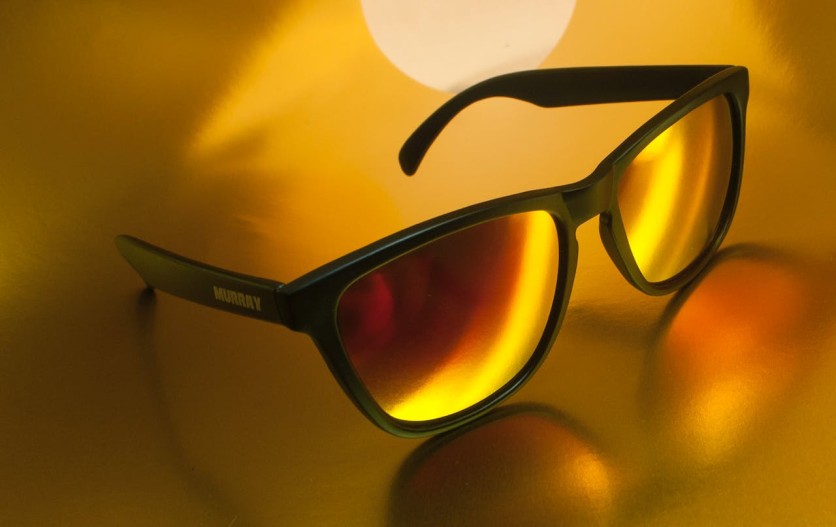
In the digital age, blue light exposure is higher than ever. From smartphones and computer screens to LED lights and even the sun, we are constantly bombarded with this high-energy visible light. This overexposure to blue light has been linked to a variety of health issues, including eye strain, headaches, and disrupted sleep patterns. In worse cases, overexposure can even make individuals more susceptible to blindness, among other serious conditions.
With the rise in awareness regarding the potential dangers of this light, blue light glasses have emerged as essential protective solutions. Given that technology and user behavior are regularly evolving, blue light glasses are also constantly being developed to heighten their protective properties. Presently, they come in many different types to suit the different needs and preferences of individuals.
Benefits of Blue Light Glasses
One of the primary benefits of blue light glasses is that they help reduce various symptoms of digital eye strain, such as dry eyes, blurry vision, and headaches. This makes it easier for individuals to stay focused and comfortable while working long hours in front of screens. It also protects the eyes from potential long-term damage and reduces the risk of developing conditions such as macular degeneration, as it safeguards against retinal damage. This specialized eyewear also has sleep-related benefits, as it reduces blue light penetration, which can disrupt the circadian rhythm.
For those who require prescription lenses, the availability of blue light glasses with customized prescriptions is a major advantage. This means that individuals with refractive errors can still benefit from the protective properties of blue light glasses without having to sacrifice the clarity of their vision. The incorporation of prescription lenses into blue light glasses allows individuals to address both their vision needs and protection against harmful blue light in one convenient solution. The wider coverage granted by these glasses also provides better protection from counterparts like blue-violet light contact lenses. Although these alternatives do offer protection, contacts are not as versatile or effective as traditional glasses.
Different Types of Blue Light Glasses
Clear Blue Light Glasses
Clear blue light glasses are the most common and versatile option. They are designed to filter out the harmful blue light emitted by screens and electronic devices without altering color perception. Clear lenses are suitable for individuals who spend a significant amount of time in front of digital screens, as they help reduce eye strain, dryness, and fatigue. However, some users may find that these clear glasses do not provide enough relief from eye strain, particularly if they experience photosensitivity.
Amber Blue Light Glasses
Amber blue light glasses are a popular choice for individuals who want to block a significant amount of blue light and also enhance contrast and clarity. These amber lenses have been shown to be effective at reducing glare and improving visual acuity, making them a suitable option for those who want more versatile eyewear. Specifically, aside from use with gadgets, amber-tinted blue light glasses are great for activities like daytime driving or playing sports like tennis, baseball, and golf. Additionally, while the tint provides a yellow-orange hue to the field of vision, many users find that the warm, soothing color actually helps them sleep, promotes relaxation, and improves their overall mood.
Red Blue Light Glasses
Red blue light glasses are designed to block out an even higher percentage of blue light compared to the aforementioned types. However, the downside is that they are prone to distorting colors on screens. These glasses are particularly useful for those who suffer from migraines, as the red tint has been shown to reduce sensitivity to light and alleviate the symptoms of light-induced. Red-tinted glasses are also popular among individuals who have trouble sleeping, as they help regulate the body's natural sleep-wake cycle by blocking the stimulating effects of blue light. Given their color-altering nature, though, they are more often recommended for those with more screen-intensive lifestyles, like programmers, data analysts, and the like.




![Most Useful Google Chrome Keyboard Shortcuts You Need to Know to Improve Your Browsing Experience [2024]](https://d.techtimes.com/en/full/449047/most-useful-google-chrome-keyboard-shortcuts-you-need-know-improve-your-browsing-experience-2024.jpg?w=184&h=103&f=476d29fd60df70a67f6679f99a2ca6d0)